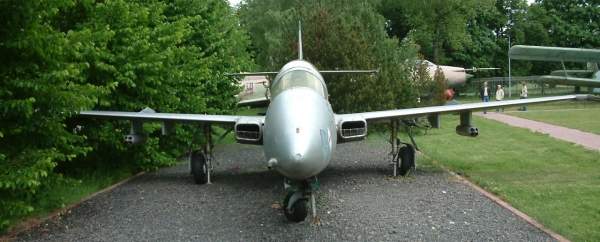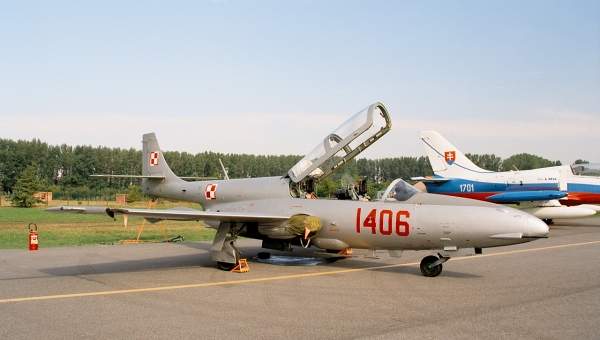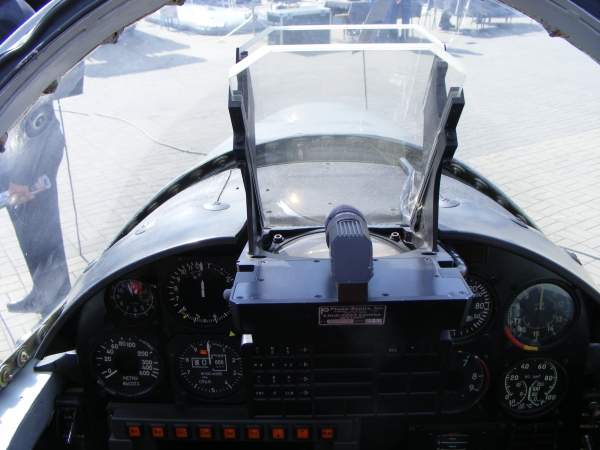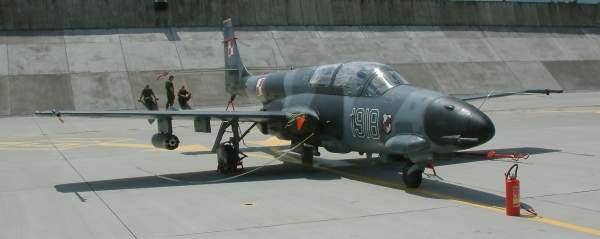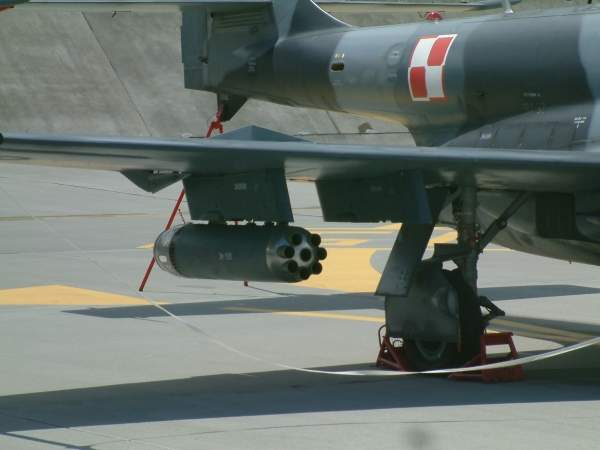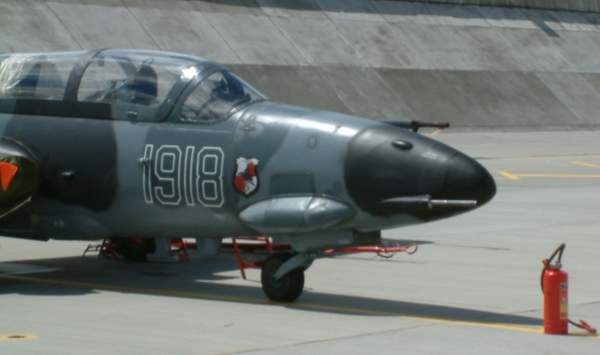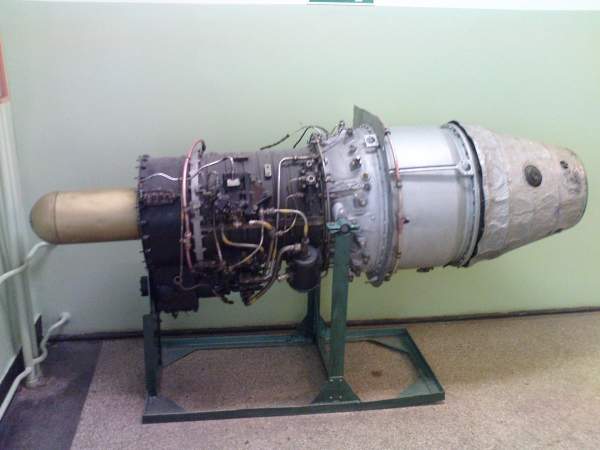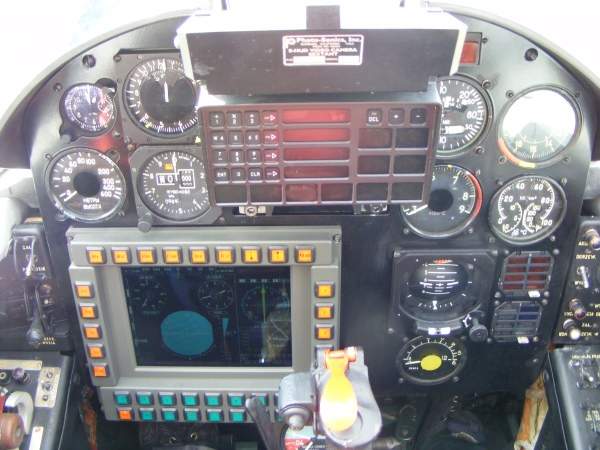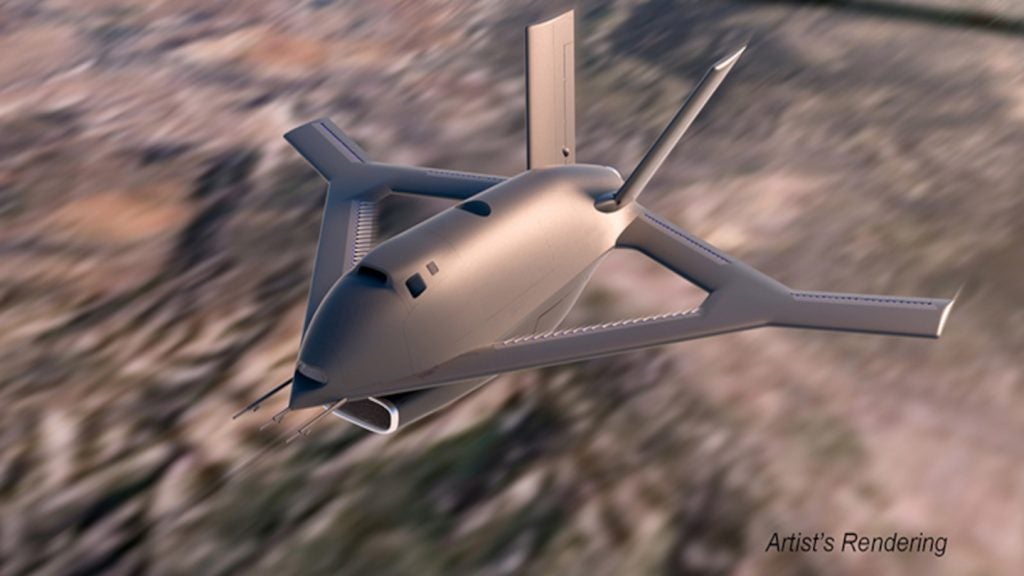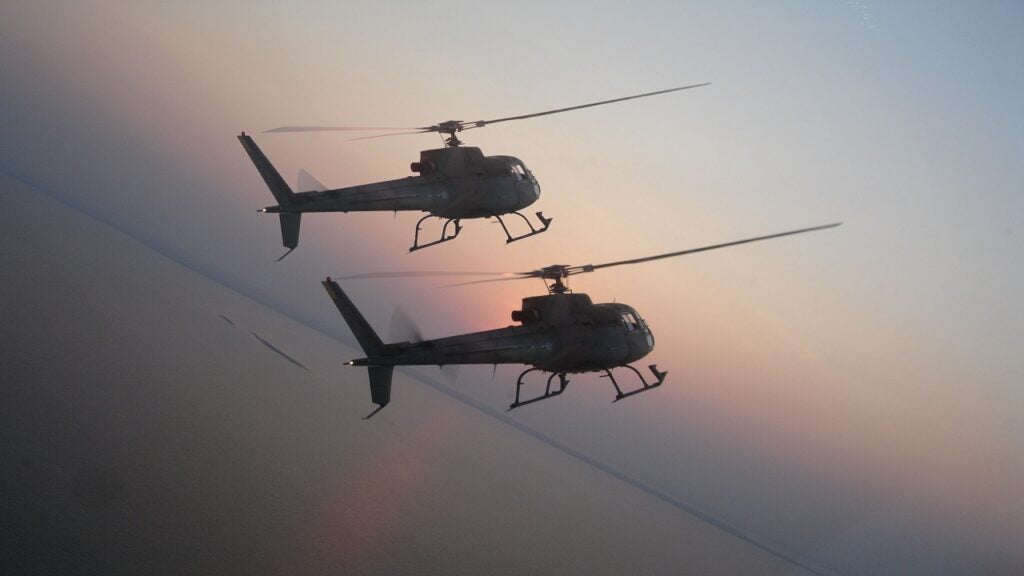The Tadeusz Soltyk-11 (TS-11) Iskra is a two-seat primary jet trainer designed and developed by Poland-based Panstwowe Zaklady Lotnicze (PZL)-Mielec for the Polish Air Force (PoAF) and the Indian Air Force (IAF). PZL-Mielec produced approximately 424 TS-11s between 1963 and 1987, of which 79 are still in service with the PoAF as of 2011.
A new tender worth 1.45bn zloty ($467m) was released in 2012 for the purchase of 16 Lead-In-Fighter Trainer (LIFT) jets, which will supersede its existing TS-11 Iskras fleet.
TS-11 Iskra variants
The TS-11 has ten variants: TS-11 Iskra bis A; TS-11 Iskra bis B/TS-11 Iskra 100; TS-11 Iskra bis C/TS-11 Iskra 200 Art; TS-11 Iskra bis D/TS-11 Iskra 200 SB; TS-11 Iskra bis DF; TS-11 Iskra R; TS-11 Iskra BR 200; TS-11 Iskra MR; TS-11 Iskra Jet/TS-11 Spark; and TS-11F Iskra.
The TS-11 Iskra bis A is the maiden production model fitted with two cockpit seats. The TS-11 Iskra 100 boasts four underwing hardpoints to carry weapons. The TS-11 Iskra 200 Art is a single-seater reconnaissance aircraft fitted with a camera beneath the fuselage section. Five aircraft were built between 1972 and 1983 that were later transformed to trainers.
The TS-11 Iskra 200 SB is two-seater trainer aircraft built in 1973 for the IAF. The TS-11 Iskra bis DF is an upgraded reconnaissance model built in 1974 and can carry three cameras and armaments. The TS-11 Iskra R is a naval reconnaissance variant equipped with two cockpit seats and RDS-81 surveillance radar.
The TS-11 Iskra BR 200 is a light attack and reconnaissance prototype built in single-seat configuration in 1972, but it did not enter the production phase. The TS-11 Iskra MR is an advance version fitted with overhauled avionics and was in service with the Biało-Czerwone Iskry aerobatics team. The TS-11F Iskra is built to train the pilots of F-16 C/D Block 52 aircraft.
Orders and deliveries
The IAF procured 50 Iskras in 1975 and 26 more in 1990. All 76 aircraft were withdrawn from service in December 2004.
Development
The development of the TS-11 Iskra began in 1957 with the requirement of the PoAF to supersede the obsolete fleet of TS-8 Bies trainers. A total of four TS-11 prototypes were built. The maiden flight of the first prototype powered by the British Armstrong Siddeley Viper 8 engine took place in February 1960. The aircraft was unveiled to the public in September 1960 during an air show at the Lodz-Lublinek Airfield.
The prototypes that followed were replaced in 1961 with aircraft featuring the WSK HO-10 engine. Mass production of the Iskras commenced in 1962. The TS-11 entered service with the PoAF in 1964. The HO-10 engines in the Iskras were supplanted with the WSK SO-1 in 1966, followed by meliorated WSK SO-3 engines in 1969. The Iskras entered service with the IAF in 1975.
TS-11 Iskras were purchased by Cavanaugh Flight Museum in 1993.
Features
The Iskra is of cantilever, mid-wing monoplane design with an all-metal construction. It is fitted with retractable tricycle-type landing gear, trapezoid-shaped wings and cameras for reconnaissance missions.
Cockpit
The all-digital glass cockpit of the TS-11 is enclosed by a bubble-shaped canopy that opens upward. It is fitted with two ejection seats in tandem seat configuration to accommodate the pilot trainee and flight instructor.
The cockpit is equipped with head-up display, King KT 76A Mode C transponder, SL-60 GPS with intercom (instrument flight rules (IFR)-certified), King distance measuring equipment, King KX-155 navigation and communication systems, and King KI 209 voice over recorder.
Armaments
The TS-11 is armed with a 23mm NS-23 cannon in the nose section to fire munitions at the rate of 550 rounds per minute. The aircraft has four underwing hardpoints and can carry a 400kg weapons payload.
Other attached armaments include unguided S-5 rocket pods, Mars-4 (4 rockets) or Zeus-1 gun packs.
Engines
The TS-11 is powered by a single SO-3 turbojet engine rated at 9.8kN of maximum thrust. The engine is built by Polish engine manufacturer WSK PZL Rzeszow. It is fitted with annular combustor, seven-stage compressors and a single-stage axial flow turbine.
The length and diameter of the engine are 2.1m and 0.7m respectively. The dry weight is 321kg.
Performance
The TS-11 Iskra can climb at the rate of 14.8m/s. The never-exceed and maximum speeds of the aircraft are 750km/h and 720km/h respectively, the cruise speed is 600km/h, and the stall speed is 140km/h. The range and service ceiling of the aircraft are 1,250km and 11,000m respectively.
The Global Military Aircraft Market 2011-2021
This project forms part of our recent analysis and forecasts of the global Military Aircraft market available from our business information platform Strategic Defence Intelligence. For more information click here or contact us: EMEA: +44 20 7936 6783; Americas: +1 415 439 4914; Asia Pacific: +61 2 9947 9709 or via email.

